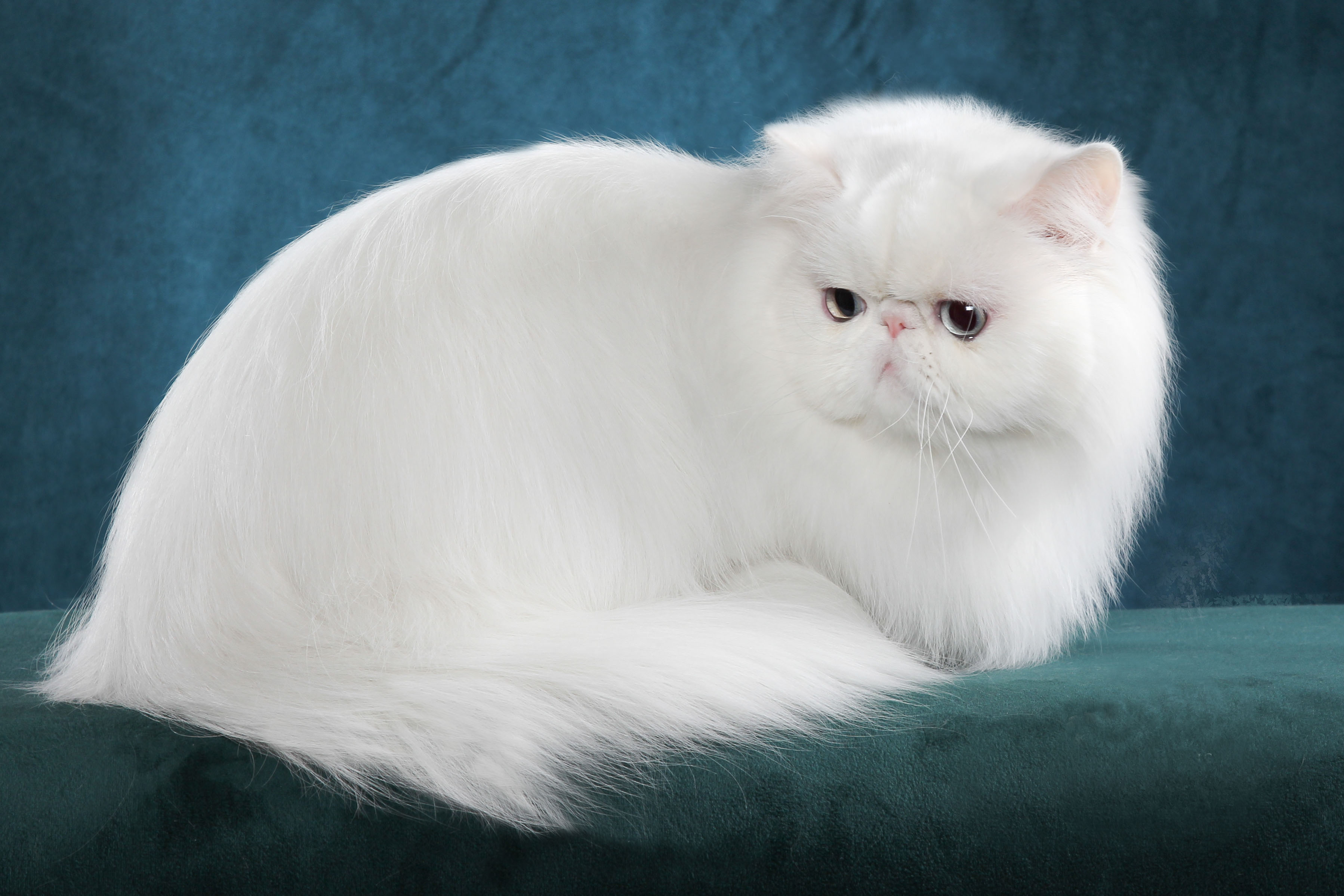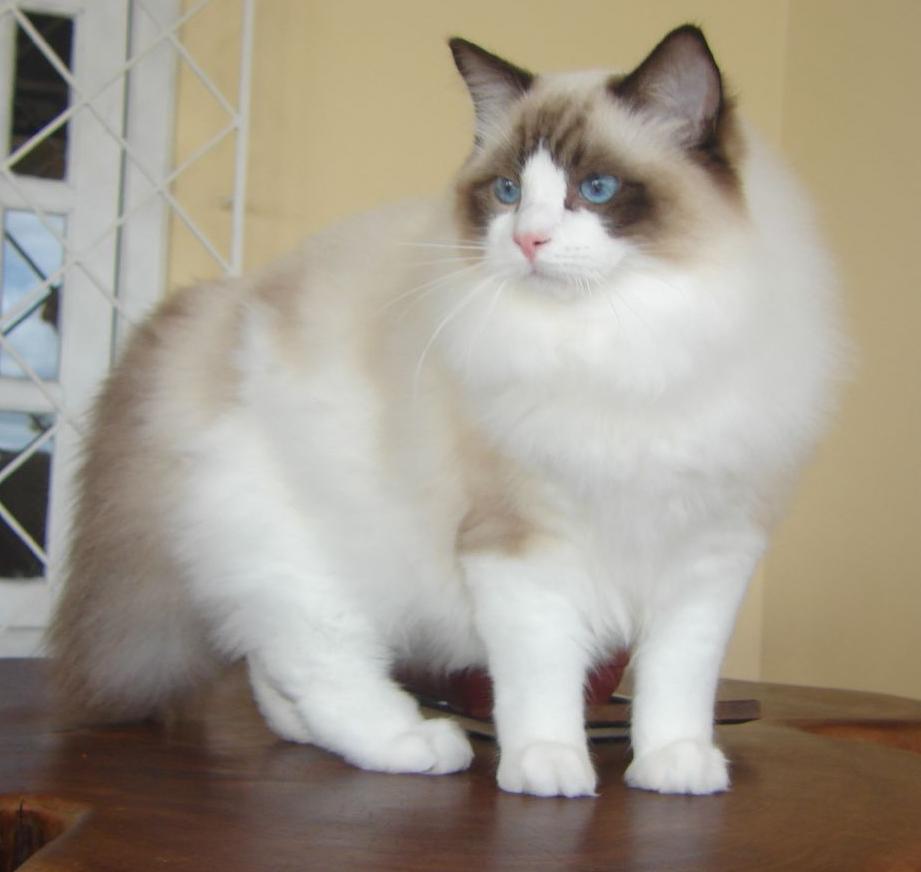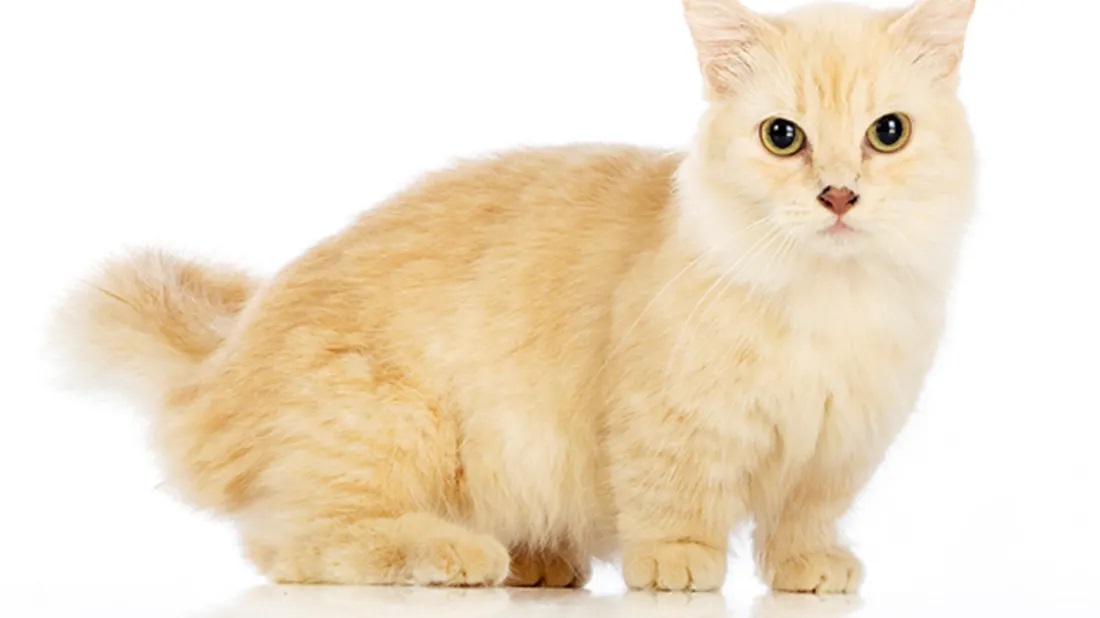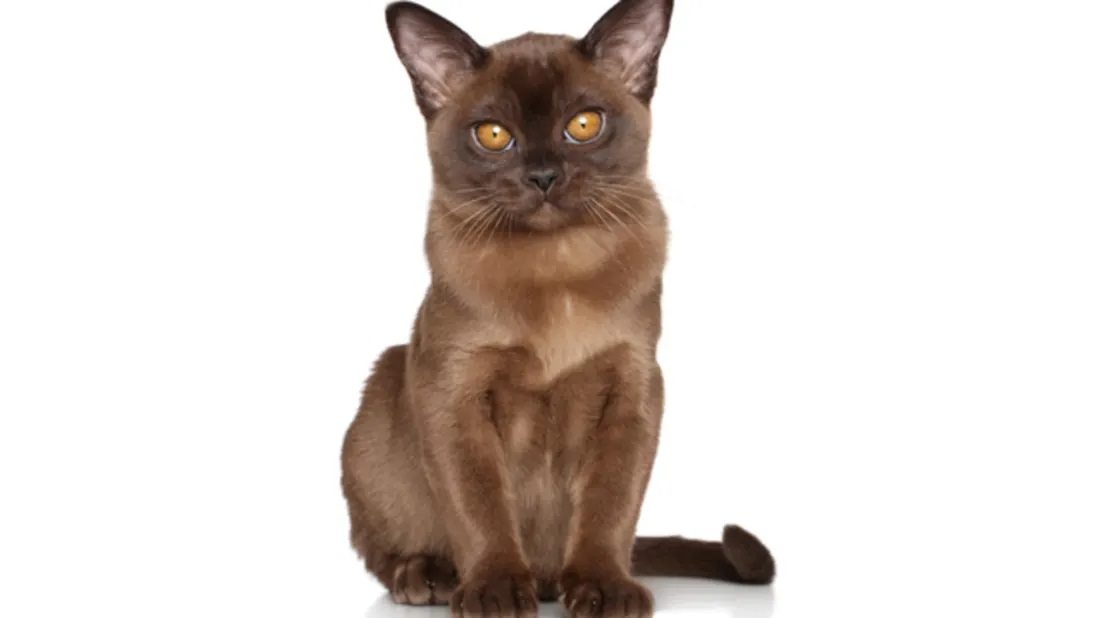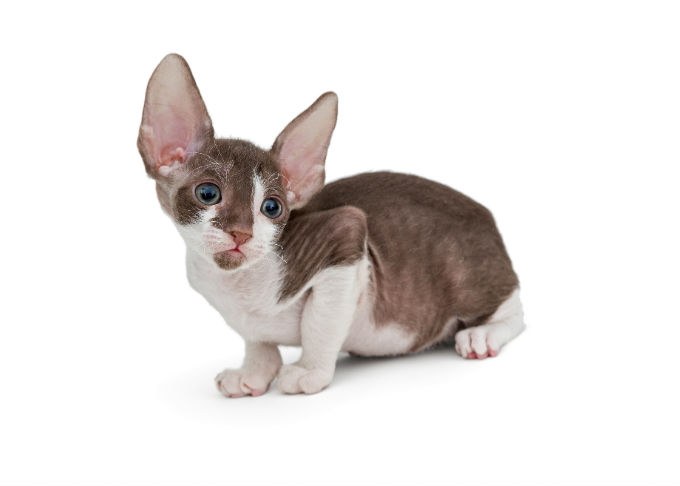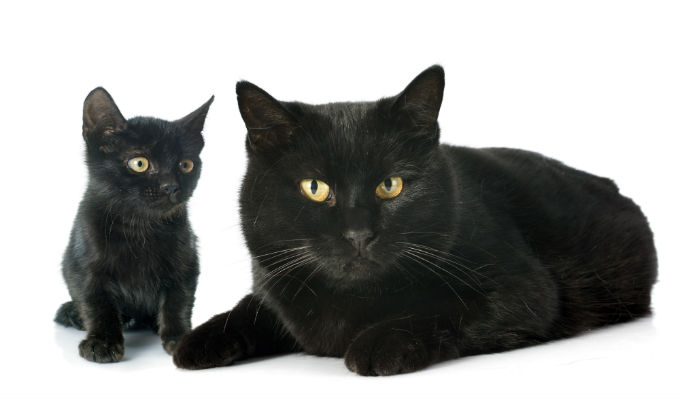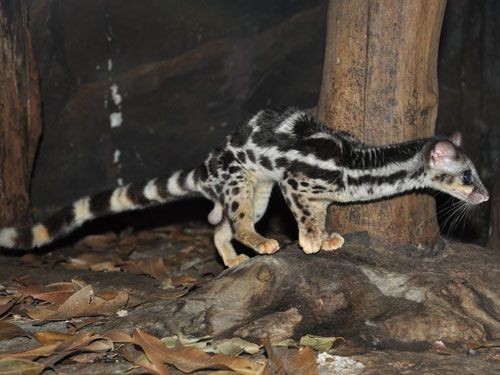Long-haired white cats have been observed in Turkey and neighboring areas for centuries (and there are some sayings that the Prophet (peace be upon him) possessed a cat like her).
The researchers speculated that the furrow of these cats was caused by the cold climate of Turkey’s plateaus. They were exported to Britain in the late 15th century and were of great value but gradually became a Persian cat. In the 19th century Turkey created natural reserves for Turkish cats. In 1962, America imported the Turkish cat, which was well received.
Turkish Angora cat is a breed of Turkish domestic cats is one of the natural ancient breeds of cat, having originated in central Turkey, in the Ankara region (historically known as Angora).
Her birth was documented as early as 1600, and is believed to be the origin of mutations for both white and long hair, and is also referred to in some ancient works that she sometimes breed as Angora or Ankara cat like Angola.
Like all domestic cats, the Turkish Angora cat descends from the wild cat, in the Fertile Crescent where it was the place of the first domesticated cats.
Turkish Angora cats are found in the eastern mountainous regions of Anatolia, and during mating and natural selection, dense long-haired breeds such as the Turkish Van and Turkish Angora evolved.
Long-haired cats have been imported to Britain and France from Asia Minor, Persia and Russia as early as the late 16th century, although there are indications that they appeared in Europe as early as the 14th century due to the Crusades, the Turkish Angora was recognized as a A distinct breed in Europe in the 17th century.
Turkish angora cats have a silky tail, medium or long shiny white coat, and Turkish angora cats can have one of more than twenty colors including black, “blue”, reddish fur, chocolate, lavender, and cinnamon.
Turkish angora cats may have blue, green or yellow eyes, or strange eyes (for example, one blue and one green), large and wide pointed ears.
Turkish Angora cats are active, smart, athletic and sharing.


